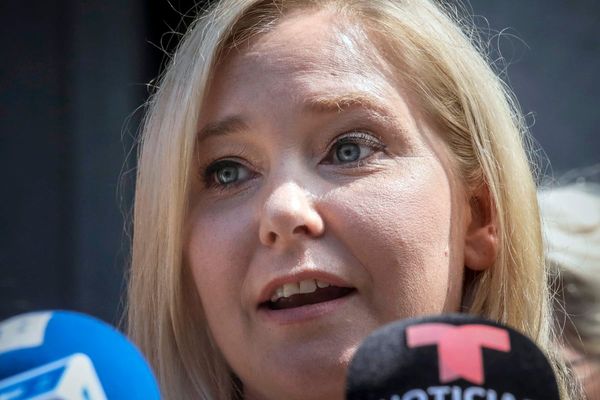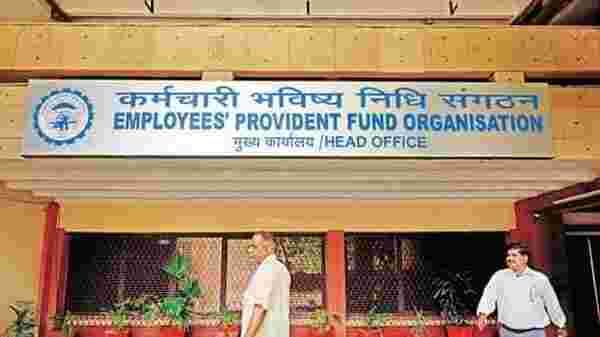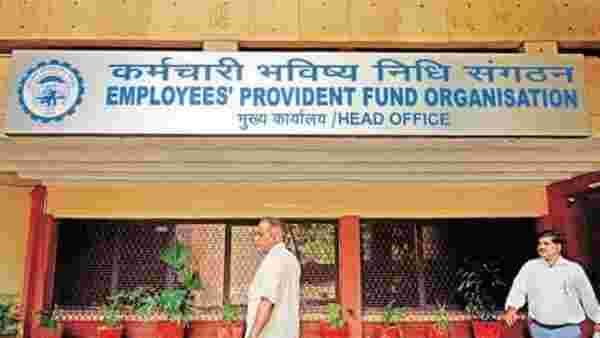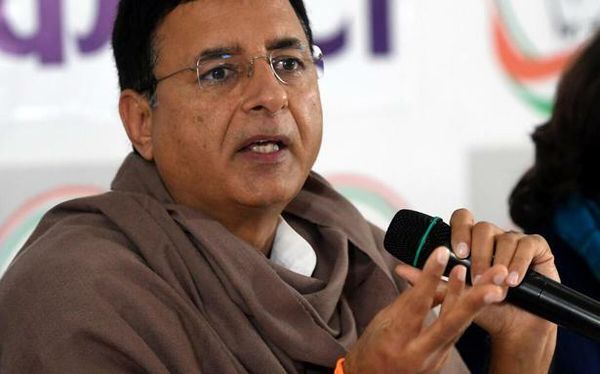
A favorite savings scheme for the salaried class Employees’ Provident Fund Organisation (EPFO) on Saturday has announced to cut the interest rate to 8.1% which came as a shocker to nearly 60 million active EPFO subscribers. This is the lowest since 1977-78 when the EPF interest rate stood at 8%, the news agency added.
For many Indian investors, it is the primary savings for retirement purposes, but even then, they don't fully understand how the money is invested.
How the EPFO invests its money?
The EPFO follows a very simple and by-the-book strategy when it comes to investing. As per rules, 85%of annual accruals are invested in debt and 15% in equities.
- Debt investments: While choosing the debt instruments, the organisation has to make sure to invest in government securities in the range of minimum of 45 % and maximum of 65%. Again, another 20% to 50% needs to be invested in listed debt securities issued by corporate entities, including banks and public financial institutions. Apart from this, it is allowed to invest in short-term debt or related investment upto 5%, considering underlying papers have a minimum rating of A1+ by 2 rating agencies registered by Sebi.
- Equity investments: For equities, it can invest in MF and ETF that mimics the Sensex and Nifty indices and are Sebi registered. Also, they can directly invest in listed shares of companies with a market capitalisation of not less than ₹5,000 crore as on the date of investment and REITS regulated by SEBI.
The provident fund savings are mandatory and as per EPFO rules, at least 12% of an employee’s basic salary is compulsorily deducted for the saving and another 12% is deposited by the employer.
EPFO had provided 8.65 % interest rate to its subscribers in 2016-17 and 8.55 % in 2017-18. The rate of interest was slightly higher at 8.8 % in 2015-16. It had given 8.75 % rate of interest in 2013-14 as well as 2014-15, higher than 8.5 % for 2012-13.The rate of interest was 8.25 % in 2011-12.










